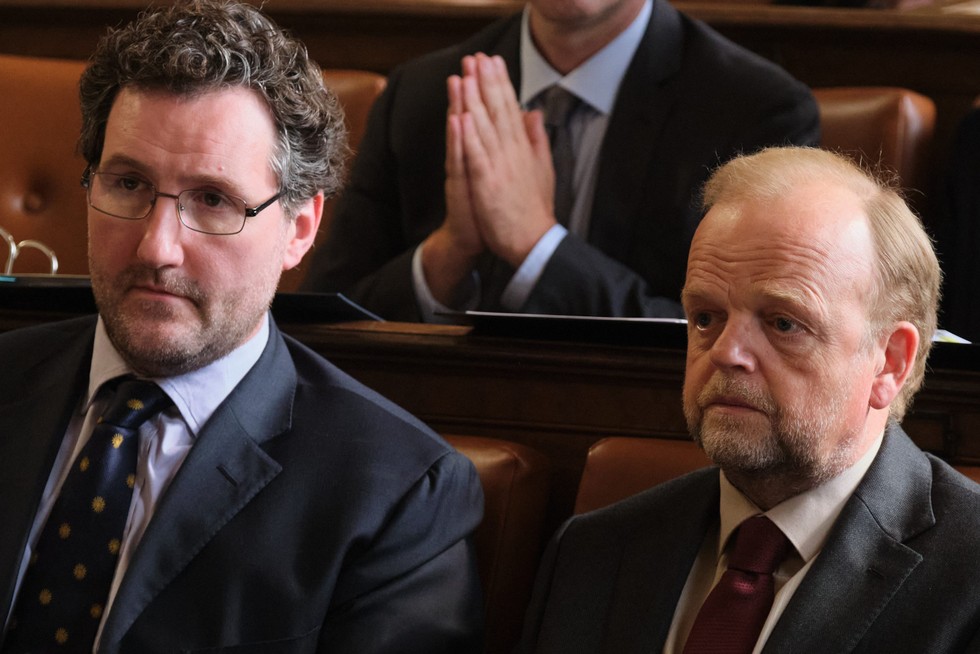Our civil justice system exists to resolve disputes and ensure justice. But third-party litigation funders have a different agenda. Their objective is to maximize their own profits—and they’re more than willing to control litigation to achieve that goal. Third party litigation funding (TPLF) allows hedge funds and other financiers to invest in lawsuits in exchange for a percentage of any settlement or award. Numerous real-life examples highlight how TPLF can lead to injustice within our courts.
One notable case is the ongoing Sysco v. Burford saga. Sysco alleged that its litigation funder, Burford Capital, prevented it from accepting reasonable settlements in its antitrust litigation, essentially holding Sysco hostage to its own litigation that Sysco wanted to resolve.
Since our last post on the case, Burford bid to take over as plaintiff from Sysco in the antitrust litigation. According to a recent order, though, Burford has been denied its request to be substituted for Sysco as the plaintiff. As quoted in Bloomberg Law, Nathan Morris, ILR’s senior vice president of legal reform advocacy said, “Courts exist to resolve disputes and provide justice. Burford exists to control litigation and maximize its own profit. The judge is right, and the decision is correct.”
The Court criticized Burford for trying to assume control of the litigation to increase its profits, saying it will not “allow a financier with no interest in the litigation beyond maximizing profit on its investment to override decisions made by the party that actually brought suit.” To do so, the Court concluded, would violate an important public policy, “The Court finds that allowing the substitution would contravene the important public policy granting control of litigation to the parties who claim to have actually suffered injury and their counter-parties. Most important for this Order is the specific control that the party should have over the decision to settle a lawsuit and on what terms.” The Court also noted that “Burford’s efforts to maximize return on investment” in this case has imposed an “enormous” “litigation burden” on the judicial system.
The U.S. isn’t the only country dealing with the fallout from the secret world of litigation funders. A recent British TV series, Mr. Bates Vs. the Post Office, portrayed the real-life account of the Post Office Horizon software scandal, where UK sub-postmasters faced false accusations of theft and erroneous accounting over a period of nearly 20 years, with over 700 prosecuted. The series revealed that litigation funders and lawyers took a disproportionate share of the settlement award—80 percent, leaving the affected sub-postmasters with just 20 percent, or roughly just £20,000 per victim. For people who faced unjust criminal convictions, financial ruin, and destroyed livelihoods, this fraction of the award falls far short of the damages they suffered.
Funders should not hold plaintiffs hostage in their litigation or claim a large majority of a victim’s settlement. The actions of the funders in these cases are an attempt to skew the scales of justice. This is why it is imperative for policymakers to advocate for transparency and oversight of TPLF. As these cases show, the secretive nature of this industry must be exposed and brought to light.



